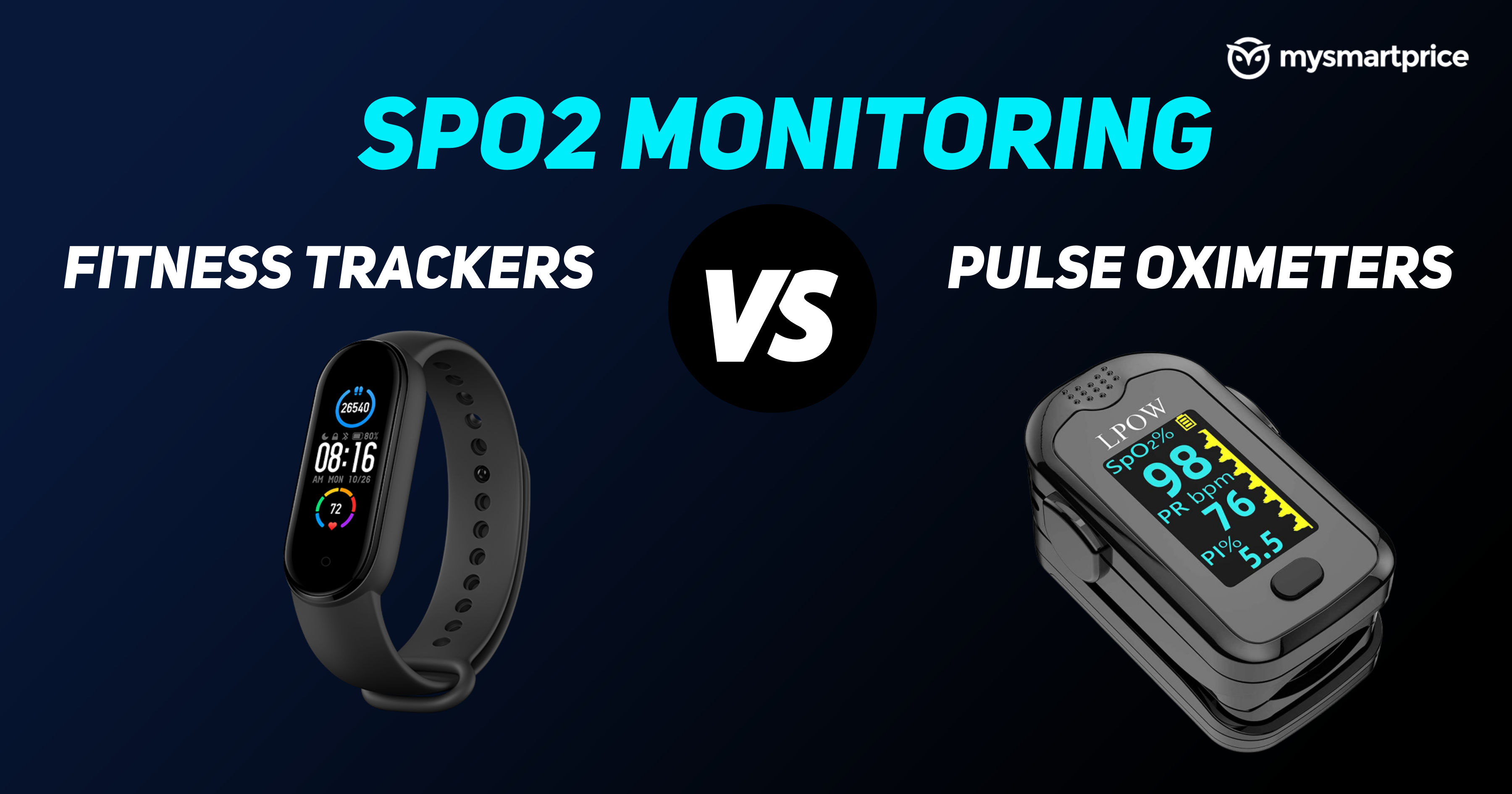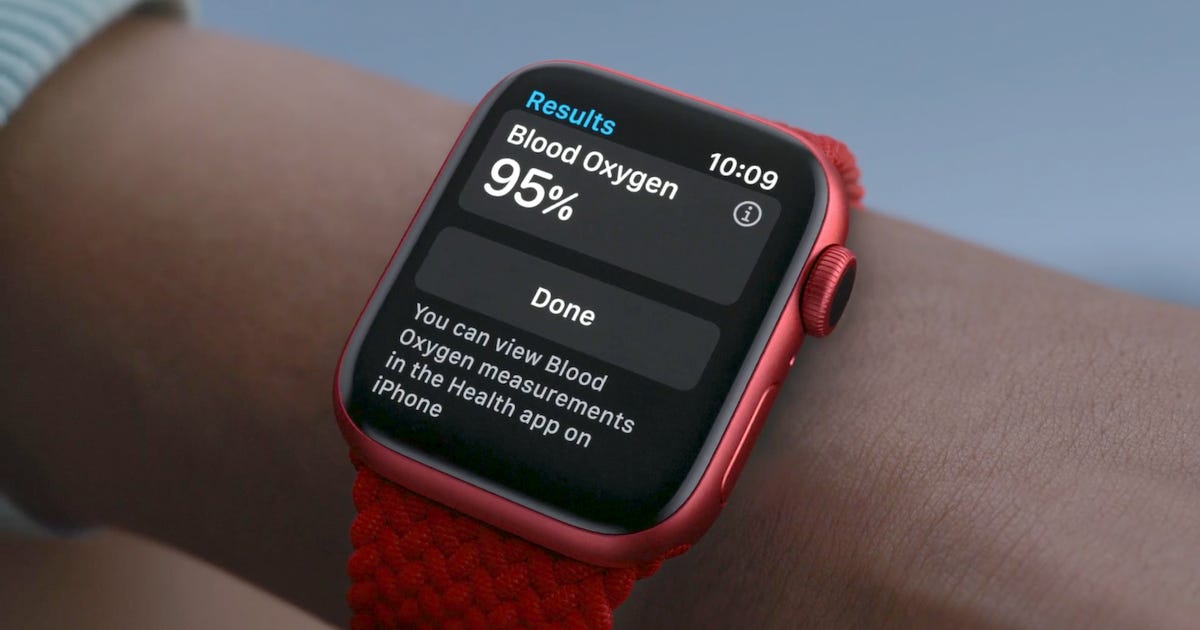
Off all the light that travels through the finger, it is just the small pulsatile component that the pulse oximeter evaluations. Due to the fact that it is such a percentage of the complete light, the pulse oximeter is extremely vulnerable to mistakes if for an example, the probe is not placed appropriately or if the client moves the probe.
Constantly look at pleth initially, prior to looking at oxygen saturation. Never ever look only at oxygen saturation!
There are light sending out diodes (LED) that produce light in the red light and infrared light wavelengths and these are hence conveniently utilized in pulse oximeters. The precise wavelengths of the LEDs utilized relies on the producer. For ease, in our conversations, we made the red LED to have a wavelength of 650 nm and the infrared LED to have a wavelength of 950 nm (simple to bear in mind).
How Oxygen Level Tester can Save You Time, Stress, and Money.
You will note that, though there are only two LEDs, the light detector is subjected to 3 resources of light. In addition to the red and infra red LED light resources, there is additionally light in the room (ambient light) that the pulse oximeter is functioning in.
The pulse oximeter has to collaborate with these 3 sources of light. It wants the red and infra red light to determine oxygen saturation. On the various other hand, the space light is unwanted "sound", and also needs to be gauged. The method it does this will certainly be clarified. The above layout shows both LEDs lit to make the description much easier.
The infrared light goes via the finger (not revealed) as well as reaches the detector. Roaming room light likewise gets to the detector. The detector for that reason tape-records infrared light as well as room light that drops on it. The pulse oximeter switches off both the red as well as infrared LED lights. Now the only light that falls on the detector is the space light.
3 Easy Facts About Oximeter Machine Explained
Sensor procedures red plus room light. Sensor measures infrared plus area light. Sensing unit steps just space light.
Which such a small signal, it is very easy to see how errors can take place. Pulse oximeters are really prone to activity, such as a patient relocating his hand. As the finger relocations, the light levels change significantly. Such a bad signal makes it hard for the pulse oximeter to compute oxygen saturation.
Problem of as well much ambient light As gone over previously, along with the light from the LEDs, ambient (space) light also hits the detector. For great functioning of the pulse oximeter, the stamina of the LED light falling on the detector ought to be great when compared to the toughness of the ambient light falling on the detector.
Fascination About Oxygen Level Meter
This can result in incorrect readings. It is crucial to minimise the amount of ambient light falling on the detector. One can attempt as well as relocate away strong resources of area light. One can also try as well as cover the pulse oximeter probe and also finger with a fabric etc. Trouble of electromagnetic disturbance Electrical equipment such as medical diathermy emit strong electrical waves which might be chosen up by the cords of the pulse oximeter.
As reviewed before, it is the pulsatile adjustment in absorbance that is made use of in the estimation of oxygen saturation. The modification in absorbance is for that reason less and also the pulse oximeter might then find the signal insufficient to correctly determine oxygen saturation. Problem of not finding hyperoxia In the beginning, we reviewed that oxygen saturation refers to how much of the hemoglobin is lugging oxygen.







